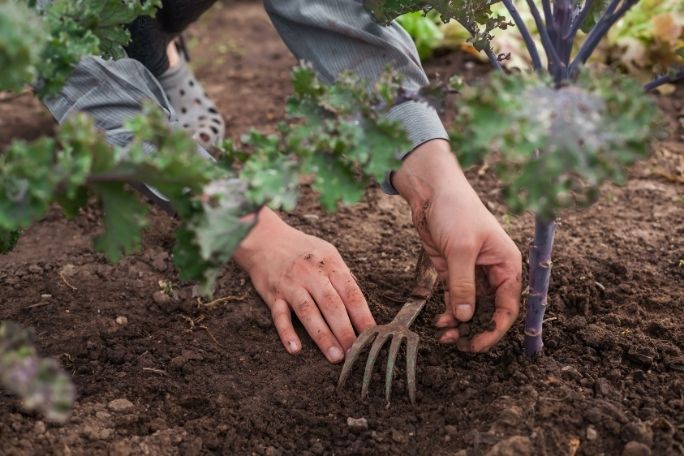Lesson summary
Students design and conduct a biodiversity project. Depending on the partner, students might find a location and plan an entire revegetation project.
NB – There are two suggested ‘Considering social action’ projects. This one and ‘Wildlife garden website.’ These are both lengthy projects and most classes will only have time for one of these.
Learning intentions:
Students will...
- understanding ecosystems can be regenerated
- safely perform activities when doing projects and remaining within the limitations of the school policy
- Assist a community group (partner) with a biodiversity project.
Lesson guides and printables
Curriculum links
Select your curriculum from the options below.
Lesson details
Curriculum mapping
Australian Curriculum Link:
Year 9 Science:
- Ecosystems consist of communities of interdependent organisms and abiotic components of the environment; matter and energy flow through these systems (ACSSU176)
- Plan, select and use appropriate investigation methods, including field work and laboratory experimentation, to collect reliable data; assess risk and address ethical issues associated with these methods (ACSIS165)
Year 10 Science:
- The theory of evolution by natural selection explains the diversity of living things and is supported by a range of scientific evidence (ACSSU185)
- Plan, select and use appropriate investigation methods, including field work and laboratory experimentation, to collect reliable data; assess risk and address ethical issues associated with these methods (ACSIS199)
Syllabus Outcomes: SC5-5WS, SC5-6WS, SC5-14LW.
Resources required
- Writing material
- Computers
- Possibly a budget to purchase mulch and plants, planting tools
Additional info
This is an original Cool.org lesson. Facts and figures in these lessons may have changed since this lesson was published. We always endeavour to update our resources in a timely manner, but if you see an error or issue in our resources please get in touch with us.


Welcome back!
Don't have an account yet?
Log in with:
Create your free Cool.org account.
Many of our resources are free, with an option to upgrade to Cool+ for premium content.
Already have an account?
Sign up with:
By signing up you accept Cool.org's Terms and Conditions(Opens in new tab) and Privacy Policy(Opens in new tab).